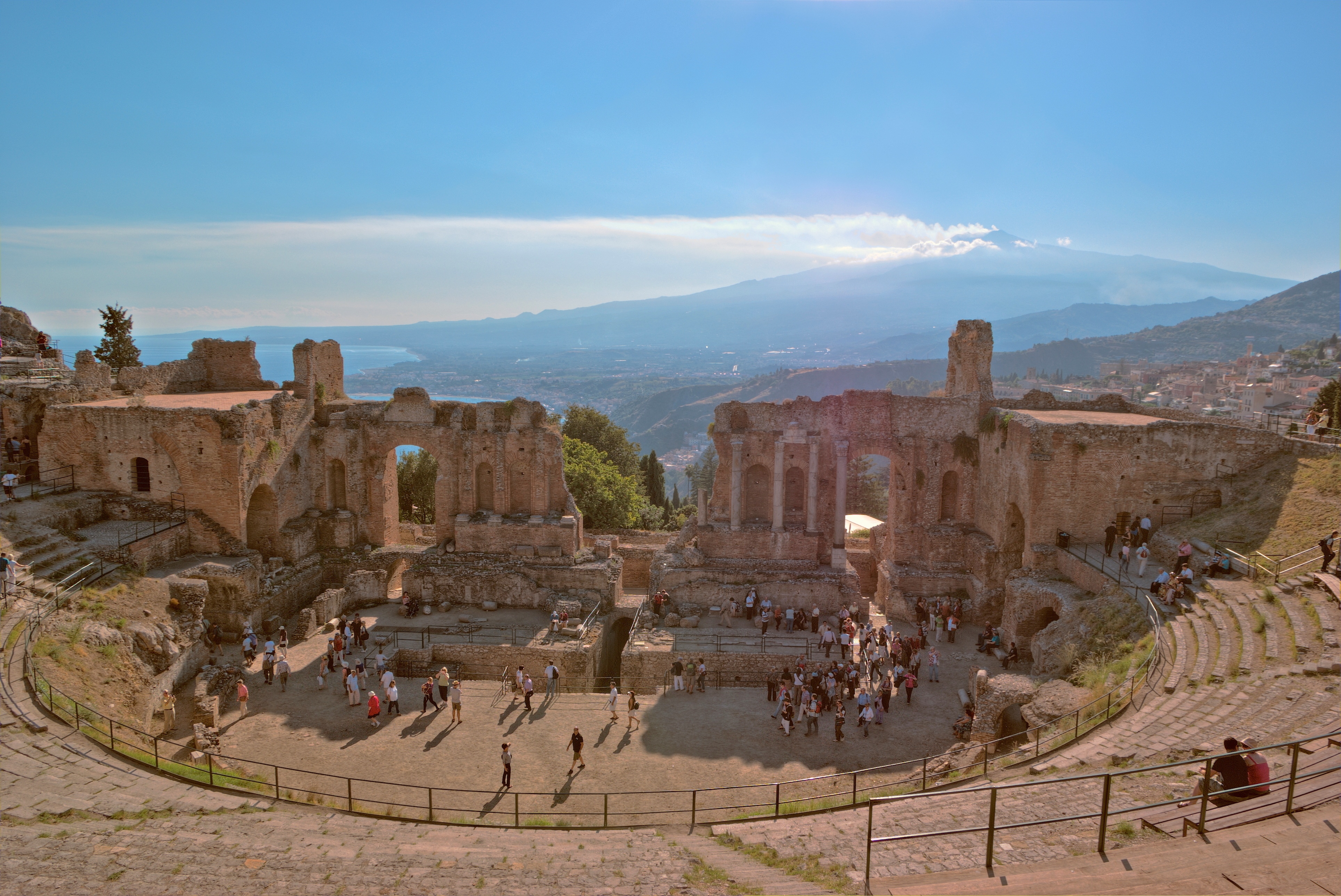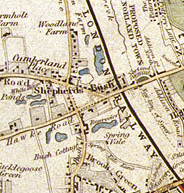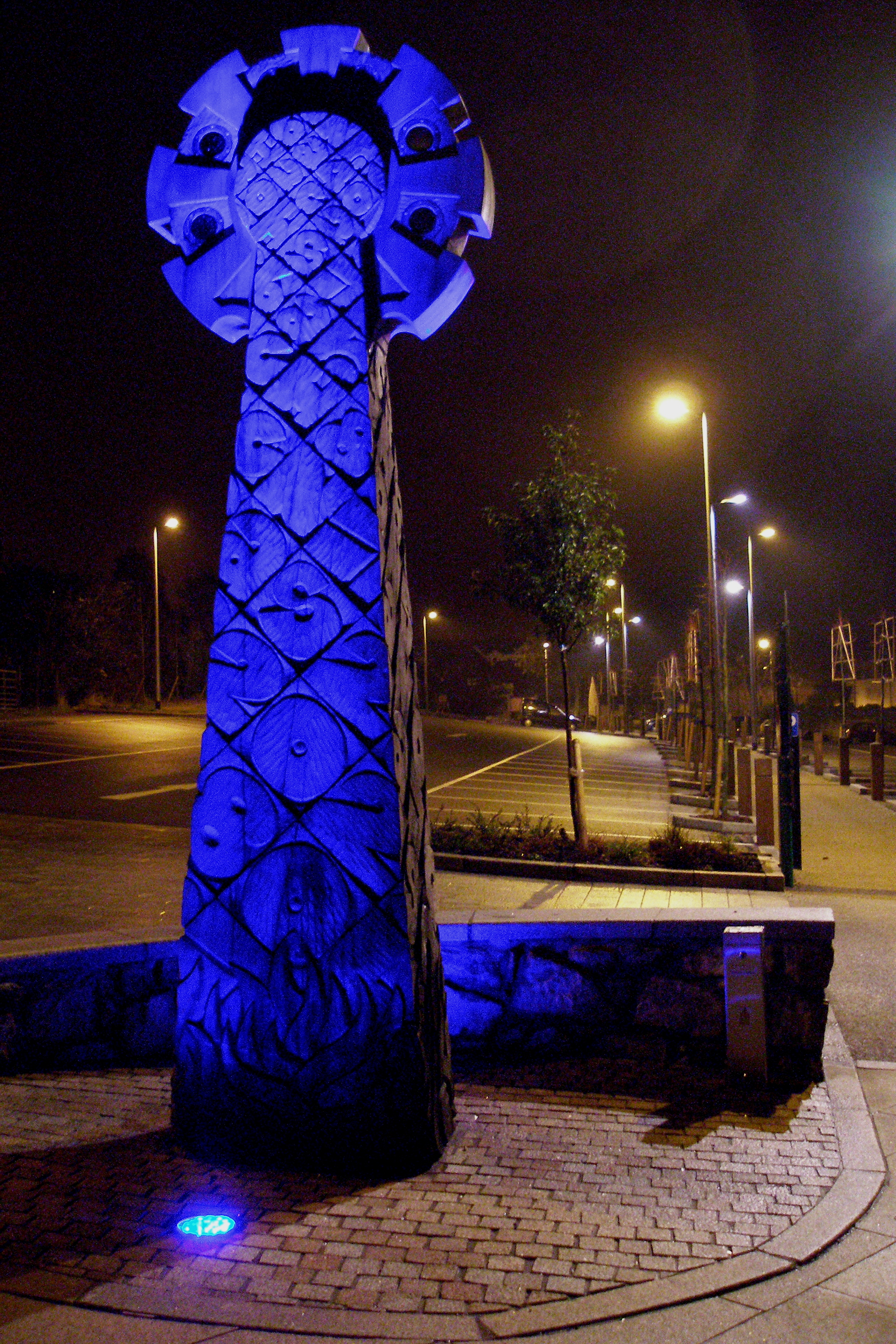|
Passmore Edwards Public Library, Shepherd's Bush
The Passmore Edwards Public Library on the Uxbridge Road, Shepherd's Bush, London, was built in 1895 and funded by the journalist and philanthropist Passmore Edwards. It is one of a number of public libraries that still bear his name today. In 2008 a new library was built in Shepherd's Bush, part of the substantial Westfield London development, and the Passmore Edwards library fell into disuse. In October 2011 it re-opened as the new home of the Bush Theatre. History Designed by Maurice Bingham Adams, and originally known as the Passmore Edwards Free Library Hammersmith, the project was one of many public libraries built around the end of the nineteenth century by John Passmore Edwards (1823 – 1911).ODNB article by A. J. A. Morris, ‘Edwards, John Passmore (1823–1911)’, Oxford Dictionary of National Biography, Oxford University Press, Sept 2004; online edn, May 200 accessed 15 Nov 2007. Edwards was a British journalist, newspaper owner and philanthropist. The son of a ca ... [...More Info...] [...Related Items...] OR: [Wikipedia] [Google] [Baidu] |
Victorian Era
In the history of the United Kingdom and the British Empire, the Victorian era was the period of Queen Victoria's reign, from 20 June 1837 until her death on 22 January 1901. The era followed the Georgian period and preceded the Edwardian period, and its later half overlaps with the first part of the ''Belle Époque'' era of Continental Europe. There was a strong religious drive for higher moral standards led by the nonconformist churches, such as the Methodists and the evangelical wing of the established Church of England. Ideologically, the Victorian era witnessed resistance to the rationalism that defined the Georgian period, and an increasing turn towards romanticism and even mysticism in religion, social values, and arts. This era saw a staggering amount of technological innovations that proved key to Britain's power and prosperity. Doctors started moving away from tradition and mysticism towards a science-based approach; medicine advanced thanks to the adopti ... [...More Info...] [...Related Items...] OR: [Wikipedia] [Google] [Baidu] |
Blackwater, Cornwall
Blackwater () is a village in Cornwall, England, United Kingdom. It is situated in the parish of St Agnes between Truro and Redruth. The village lies on the old course of the A30 north of the current course which bypasses it. The village has a primary school (built in 1877) which serves the village and surrounding settlements. History Over the course of Blackwater's history, the town has supported four public houses: Clinton House, Cornish Miners Inn, The Red Lion and The Spread Eagle. The Chacewater to Newquay railway line (1903–1963) crossed through Blackwater. A station building was located south of Presingoll Barns near St Agnes. In 1972 the railway bridge was destroyed. Geology In an 1824 published geological study, 19th century Blackwell was described as follows: "Descending into a little valley at Blackwater, slate and compact rock present themselves in a section afforded by a ravine. In this valley cultivated fields and a few trees gladden the eye; but this oasis is o ... [...More Info...] [...Related Items...] OR: [Wikipedia] [Google] [Baidu] |
Theatres In The London Borough Of Hammersmith And Fulham
Theatre or theater is a collaborative form of performing art that uses live performers, usually actors or actresses, to present the experience of a real or imagined event before a live audience in a specific place, often a stage. The performers may communicate this experience to the audience through combinations of gesture, speech, song, music, and dance. Elements of art, such as painted scenery and stagecraft such as lighting are used to enhance the physicality, presence and immediacy of the experience. The specific place of the performance is also named by the word "theatre" as derived from the Ancient Greek θέατρον (théatron, "a place for viewing"), itself from θεάομαι (theáomai, "to see", "to watch", "to observe"). Modern Western theatre comes, in large measure, from the theatre of ancient Greece, from which it borrows technical terminology, classification into genres, and many of its themes, stock characters, and plot elements. Theatre artist Patri ... [...More Info...] [...Related Items...] OR: [Wikipedia] [Google] [Baidu] |
Buildings And Structures In The London Borough Of Hammersmith And Fulham
A building, or edifice, is an enclosed structure with a roof and walls standing more or less permanently in one place, such as a house or factory (although there's also portable buildings). Buildings come in a variety of sizes, shapes, and functions, and have been adapted throughout history for a wide number of factors, from building materials available, to weather conditions, land prices, ground conditions, specific uses, prestige, and aesthetic reasons. To better understand the term ''building'' compare the list of nonbuilding structures. Buildings serve several societal needs – primarily as shelter from weather, security, living space, privacy, to store belongings, and to comfortably live and work. A building as a shelter represents a physical division of the human habitat (a place of comfort and safety) and the ''outside'' (a place that at times may be harsh and harmful). Ever since the first cave paintings, buildings have also become objects or canvasses of much artist ... [...More Info...] [...Related Items...] OR: [Wikipedia] [Google] [Baidu] |
History Of Shepherd's Bush
Shepherd's Bush is a neighbourhood in the London Borough of Hammersmith and Fulham centred on Shepherd's Bush Green. Originally a pasture for shepherds on their way to Smithfield market, it was largely developed in the late nineteenth and early twentieth centuries. In 1844 the West London Railway officially opened, followed in 1864 by the Metropolitan Railway who built the original Shepherd's Bush railway station (L&SWR), Shepherd's Bush station, opening up the area to residential development. Businesses soon followed, and in 1903 the west side of Shepherd's Bush Green became the home of the Shepherd's Bush Empire, a music hall whose early performers included Charlie Chaplin. In 1908 Shepherd's Bush became one of the principal sites for the 1908 Summer Olympics, Summer Olympics and, in the same year, hosted the Franco-British Exhibition (1908), Franco-British Exhibition (also known as "The Bush Exhibition", and "The Great White City"), a large public World's fair, fair, which attra ... [...More Info...] [...Related Items...] OR: [Wikipedia] [Google] [Baidu] |
London Borough Of Hammersmith And Fulham
The London Borough of Hammersmith and Fulham () is a London borough in West London and which also forms part of Inner London. The borough was formed in 1965 from the merger of the former Metropolitan Boroughs of Hammersmith and Fulham. The borough borders Brent to the north, the Royal Borough of Kensington and Chelsea to the east, Wandsworth to the south, Richmond upon Thames to the south west, and Hounslow and Ealing to the west. Traversed by the east–west main roads of the A4 Great West Road and the A40 Westway, many international corporations have offices in the borough. The local council is Hammersmith and Fulham London Borough Council. The borough is amongst the four most expensive boroughs for residential properties in the United Kingdom, along with Kensington and Chelsea, the City of Westminster and Camden. The borough is unique in London in having three professional football clubs: Chelsea, Fulham and Queens Park Rangers. History The borough origins are in th ... [...More Info...] [...Related Items...] OR: [Wikipedia] [Google] [Baidu] |
Pitch And Toss
Pigeon Toss, or in Britain ''Pap'', ''Penny Up'', ''Keeley (Scotland)'', "Nippy (Wales)", Chucks, ''Quarters'', “Tinks” or "Jingies" is a game played with coins. Players take turns to throw a coin at a wall, from some distance away, and the coin which lands closest to the wall is the winner. The history of the game is ancient, and it is known to have been played by Ancient Greek children using bronze coins. In modern Israel Israel (; he, יִשְׂרָאֵל, ; ar, إِسْرَائِيل, ), officially the State of Israel ( he, מְדִינַת יִשְׂרָאֵל, label=none, translit=Medīnat Yīsrāʾēl; ), is a country in Western Asia. It is situated ... the game is also played with Apricot kernels, and is called "Gogoim". References {{reflist External links Boy Scout activity [...More Info...] [...Related Items...] OR: [Wikipedia] [Google] [Baidu] |
Sir William Bull, 1st Baronet
Sir William James Bull, 1st Baronet, (29 September 1863 – 23 January 1931) was an English solicitor and Conservative politician. Biography Bull was the son of Henry Bull, a solicitor, and his wife Cecilia Ann Howard, daughter of James Peter Howard. He was returned to Parliament for Hammersmith in 1900, a seat he held until 1918, and then sat for Hammersmith South until 1929. Bull was knighted in 1905. That year Walter Long became Chief Secretary for Ireland, and Bull was his Parliamentary Private Secretary. A few years later, the Anti-Socialist Union was set up, and Bull served on its executive committee with R. D. Blumenfeld, while Long was a vice-president. He ran Hammersmith meetings for the Union, with those attending having to sign affidavits of opposition to socialism, and ejected hecklers. Around 1911 Bull became involved with Frederick H. Crawford in running guns to the Ulster Volunteer Force. He did that in partnership with Herbert Augustus Budden, who was m ... [...More Info...] [...Related Items...] OR: [Wikipedia] [Google] [Baidu] |
United Kingdom
The United Kingdom of Great Britain and Northern Ireland, commonly known as the United Kingdom (UK) or Britain, is a country in Europe, off the north-western coast of the European mainland, continental mainland. It comprises England, Scotland, Wales and Northern Ireland. The United Kingdom includes the island of Great Britain, the north-eastern part of the island of Ireland, and many List of islands of the United Kingdom, smaller islands within the British Isles. Northern Ireland shares Republic of Ireland–United Kingdom border, a land border with the Republic of Ireland; otherwise, the United Kingdom is surrounded by the Atlantic Ocean, the North Sea, the English Channel, the Celtic Sea and the Irish Sea. The total area of the United Kingdom is , with an estimated 2020 population of more than 67 million people. The United Kingdom has evolved from a series of annexations, unions and separations of constituent countries over several hundred years. The Treaty of Union between ... [...More Info...] [...Related Items...] OR: [Wikipedia] [Google] [Baidu] |
Cornwall
Cornwall (; kw, Kernow ) is a historic county and ceremonial county in South West England. It is recognised as one of the Celtic nations, and is the homeland of the Cornish people. Cornwall is bordered to the north and west by the Atlantic Ocean, to the south by the English Channel, and to the east by the county of Devon, with the River Tamar forming the border between them. Cornwall forms the westernmost part of the South West Peninsula of the island of Great Britain. The southwesternmost point is Land's End and the southernmost Lizard Point. Cornwall has a population of and an area of . The county has been administered since 2009 by the unitary authority, Cornwall Council. The ceremonial county of Cornwall also includes the Isles of Scilly, which are administered separately. The administrative centre of Cornwall is Truro, its only city. Cornwall was formerly a Brythonic kingdom and subsequently a royal duchy. It is the cultural and ethnic origin of the Cor ... [...More Info...] [...Related Items...] OR: [Wikipedia] [Google] [Baidu] |
Truro
Truro (; kw, Truru) is a cathedral city and civil parish in Cornwall, England. It is Cornwall's county town, sole city and centre for administration, leisure and retail trading. Its population was 18,766 in the 2011 census. People of Truro can be called Truronians. It grew as a trade centre through its port and as a stannary town for tin mining. It became mainland Britain's southernmost city in 1876, with the founding of the Diocese of Truro. Sights include the Royal Cornwall Museum, Truro Cathedral (completed 1910), the Hall for Cornwall and Cornwall's Courts of Justice. Toponymy Truro's name may derive from the Cornish ''tri-veru'' meaning "three rivers", but authorities such as the ''Oxford Dictionary of English Place Names'' have doubts about the "tru" meaning "three". An expert on Cornish place-names, Oliver Padel, in ''A Popular Dictionary of Cornish Place-names'', called the "three rivers" meaning "possible". Alternatively the name may come from '' tre-uro'' or s ... [...More Info...] [...Related Items...] OR: [Wikipedia] [Google] [Baidu] |
Redruth
Redruth ( , kw, Resrudh) is a town and civil parish in Cornwall, England. The population of Redruth was 14,018 at the 2011 census. In the same year the population of the Camborne-Redruth urban area, which also includes Carn Brea, Illogan and several satellite villages, stood at 55,400 making it the largest conurbation in Cornwall. Redruth lies approximately at the junction of the A393 and A3047 roads, on the route of the old London to Land's End trunk road (now the A30), and is approximately west of Truro, east of St Ives, north east of Penzance and north west of Falmouth. Camborne and Redruth together form the largest urban area in Cornwall and before local government reorganisation were an urban district. Toponymy The name Redruth derives from its older Cornish name, ''Rhyd-ruth''. It means Red Ford (literally fordred). The first syllable 'red' means ford. The second 'ruth' means red. ''Rhyd'' is the older form of 'Res', which is a Cornish equivalent to a fo ... [...More Info...] [...Related Items...] OR: [Wikipedia] [Google] [Baidu] |






.jpg)

